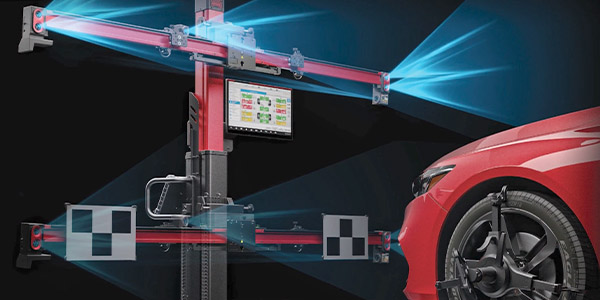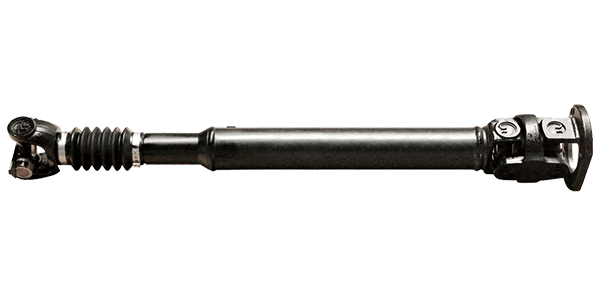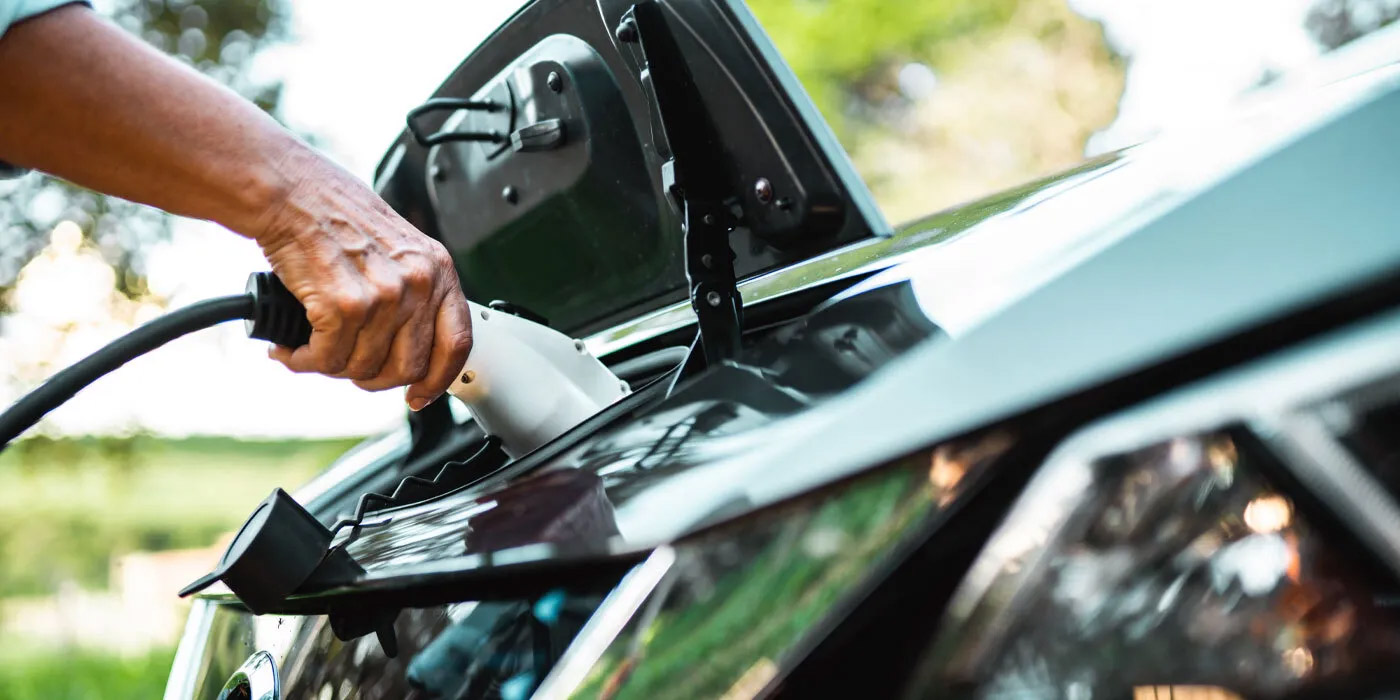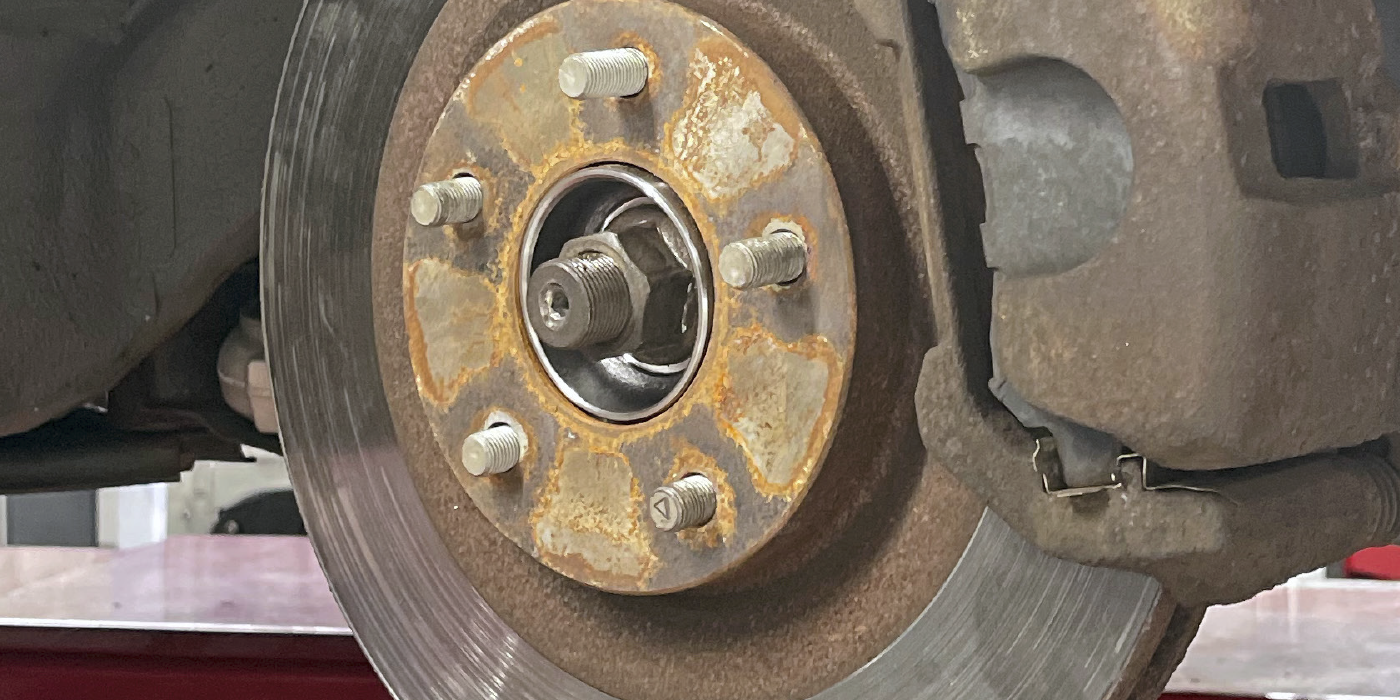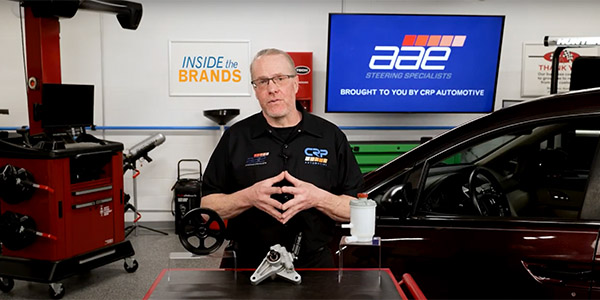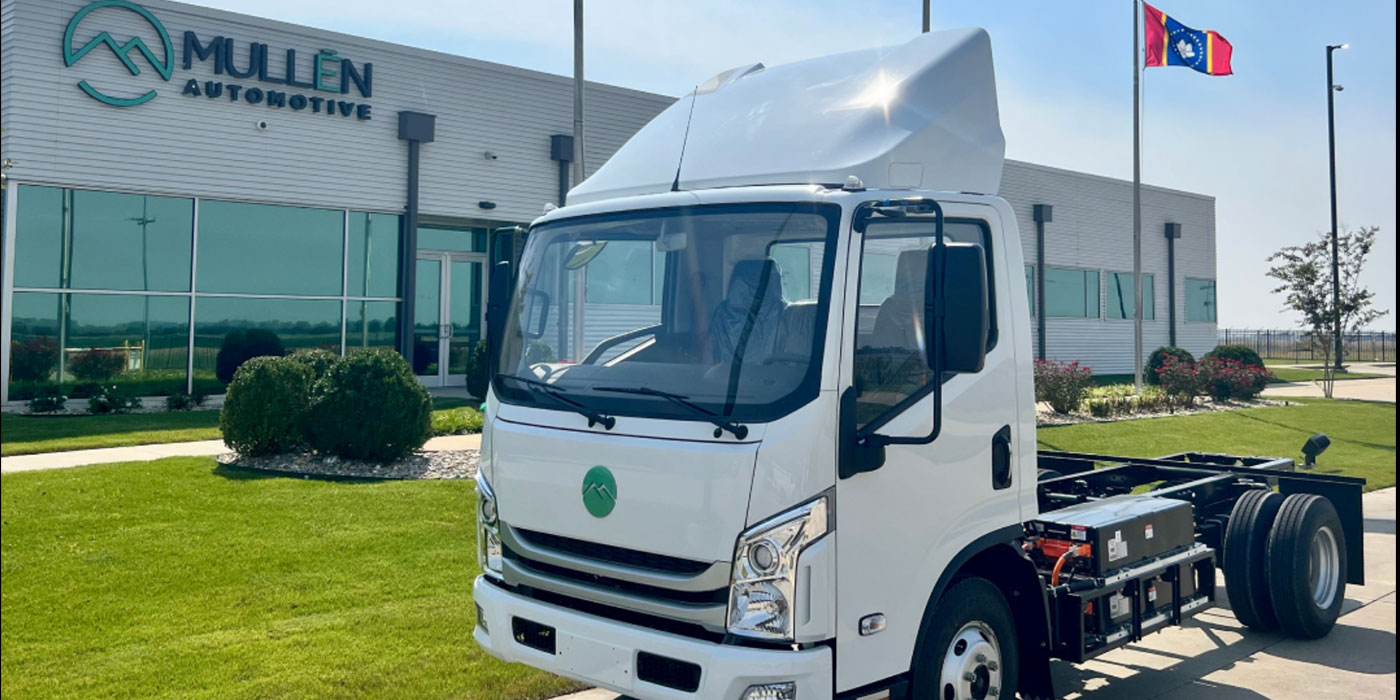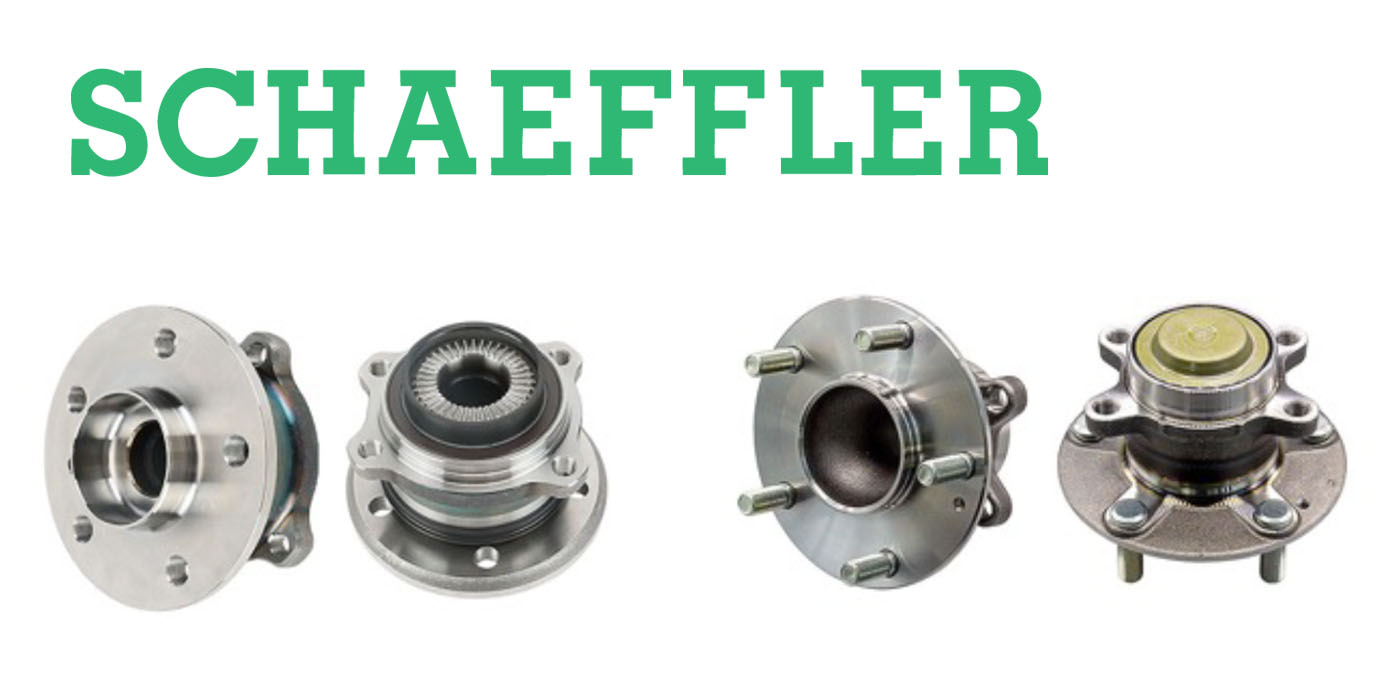If a customer’s 1996 Dodge Intrepid 3.5L is experiencing high charging system voltage, follow the service procedure below.
Tests/Procedures:
1. Check the charging voltage at the powertrain control module (PCM) on the pin #3 red/white wire. It should be the same as the voltage at the battery.
2. If the voltage is low on the red/white wire, there is high resistance in the circuit from the power distribution center (PDC) to the PCM.
3. Check the field control at the pin #20 dark green wire. The lower the voltage, the higher the charging command. Try disconnecting the wire at pin #20. It should go to a no charge.
4. Check the powers and grounds at the PCM. If it is still overcharging, the wire or the field in the alternator are shorted to ground. If it goes to a no charge, the problem is in the PCM.
Potential causes may be the PCM, poor connection or corroded splice on the red/white wire that feeds pin #3 at the PCM, short to ground on the field control wire, poor power or ground at the PCM, or a shorted field in the alternator.
The PCM duty cycles a ground to the field of the alternator. The longer it is grounded, the higher the charging rate.
Technical service bulletin courtesy of IDENTIFIX.
For additional tech tips, visit www.identifix.com.


